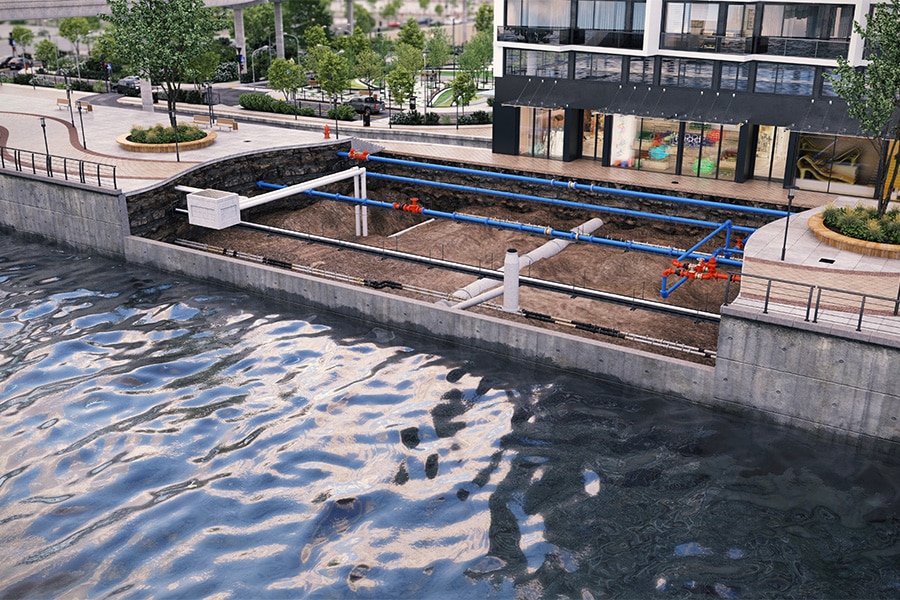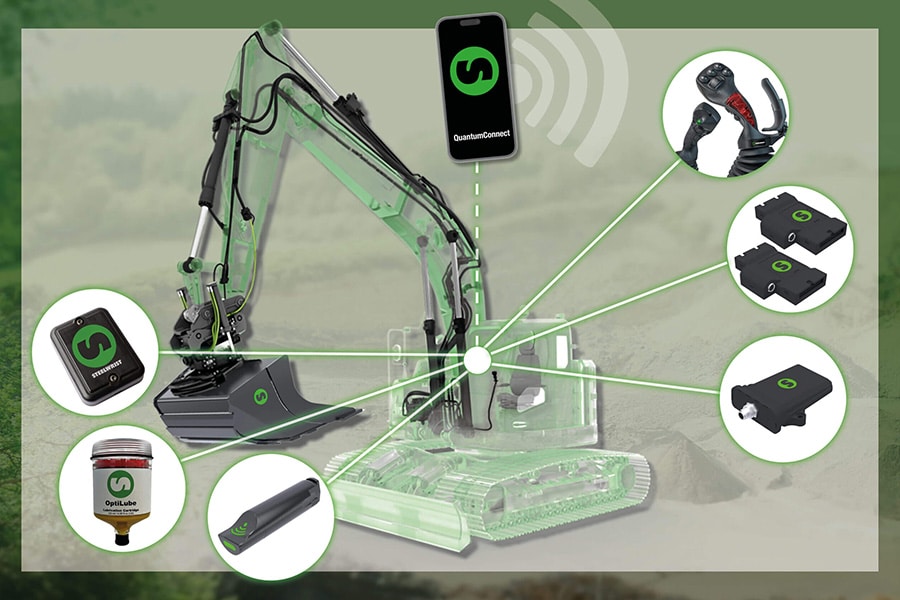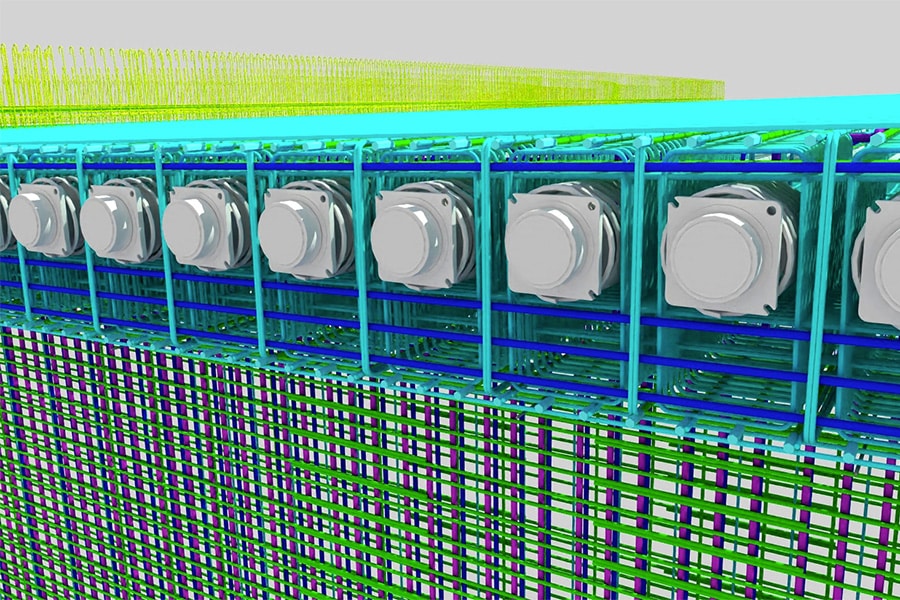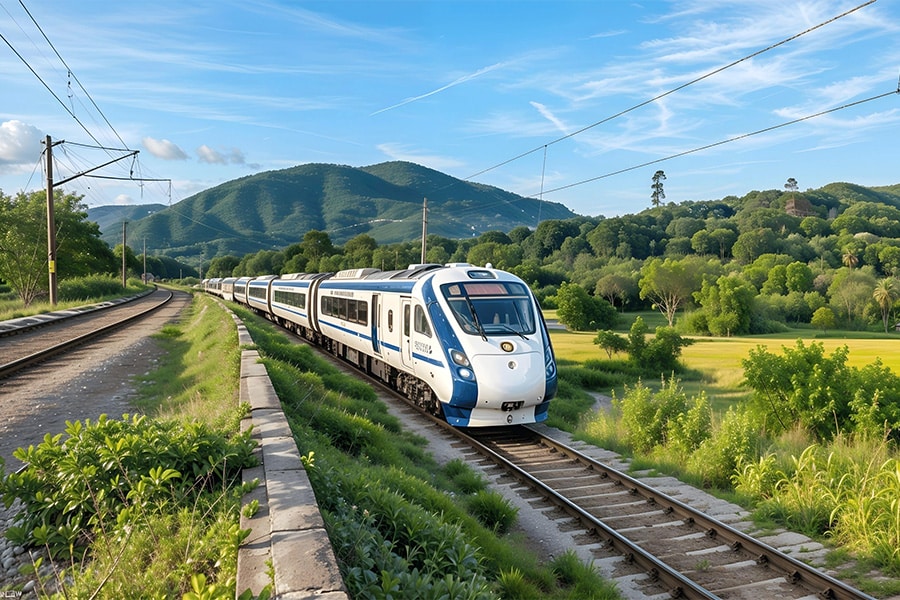
Pilz helps Deltron in India with FN-mux approval and takes step toward digitizing railroad tracks
The recent approval of the Failsafe Network Multiplexer (FN-mux) by the Indian Railway Authority, RDSO, marks an important step in the digitization of Indian railroads. The SIL 4-certified solution, developed by Deltron in close collaboration with Pilz, plays a key role in monitoring automatic block protection, points, signals and level crossings.
Behind this formal approval is an intensive process, in which Pilz Business Unit Rail played a decisive role in guiding the customer and substantiating the safety and reliability of the technology. "We experienced what it means to want to set an international standard in a complex, demanding system," said Jan van der Heide, global business developer rail at Pilz. "A stamp seems like a formality - until you really need it. It was certainly not a matter of supplying some documents and then it will be fine. It turned out to be many times more complex and ultimately much more educational than expected."
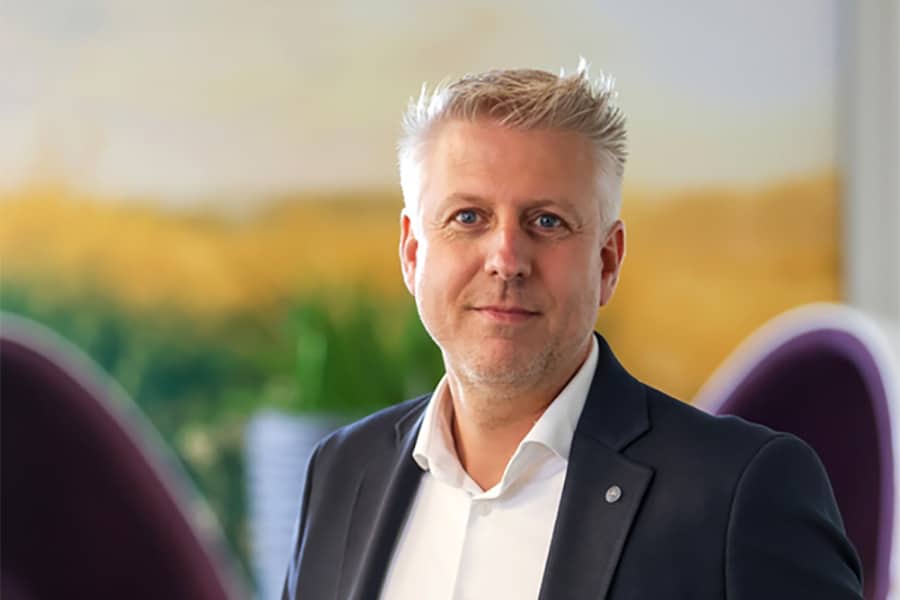
Digital, secure and flexible
"The FN-mux is a kind of translation unit, a smart box into which you put signals, from points, level crossings or signals, and with which you send them further into the network via fiber optics," explains Van der Heide. "What makes it special is the combination of safety (SIL 4), digitization and flexibility: the system is completely modular. The RDSO (the Indian inspection authority, ed.) rightly called it 'a one box fits all solution'."
The technology is based on Pilz' PSSrail control system and uses multiplexing over fiber optics, which allows multiple signals to run simultaneously over a single medium. "That saves cabling and increases reliability. Only the field components themselves, a signal or switch, are still on copper."
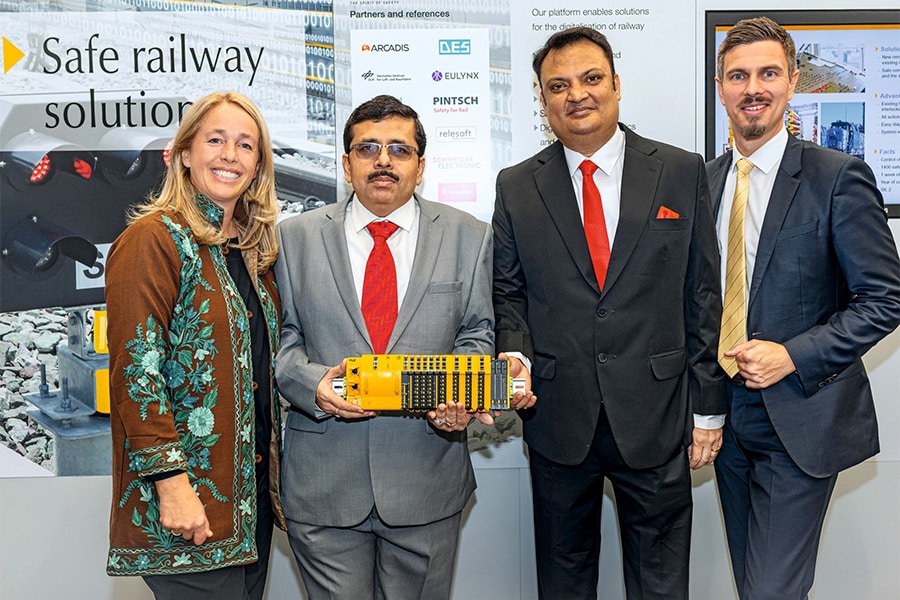
Serious customer, serious demands
The first contacts with Deltron date back several years. Pilz was asked to help with the complex certification process. Van der Heide traveled to India and held talks with stakeholders, gave demonstrations and supported with technical documentation. "When we saw what they had built - a complete test center with our technology - we realized: this is not a trial balloon. This is a serious customer with big ambitions."
He continues: "We provided hundreds of pages of safety cases, test reports and memos. The RDSO read everything. Including questions about the independent our test laboratory. An additional challenge was the references. We had to prove that our technology had been running long and securely. Our customer in Switzerland had been working with the system for over ten years, but the RDSO only accepted a statement from the end user, not the system integrator. That signature took months."
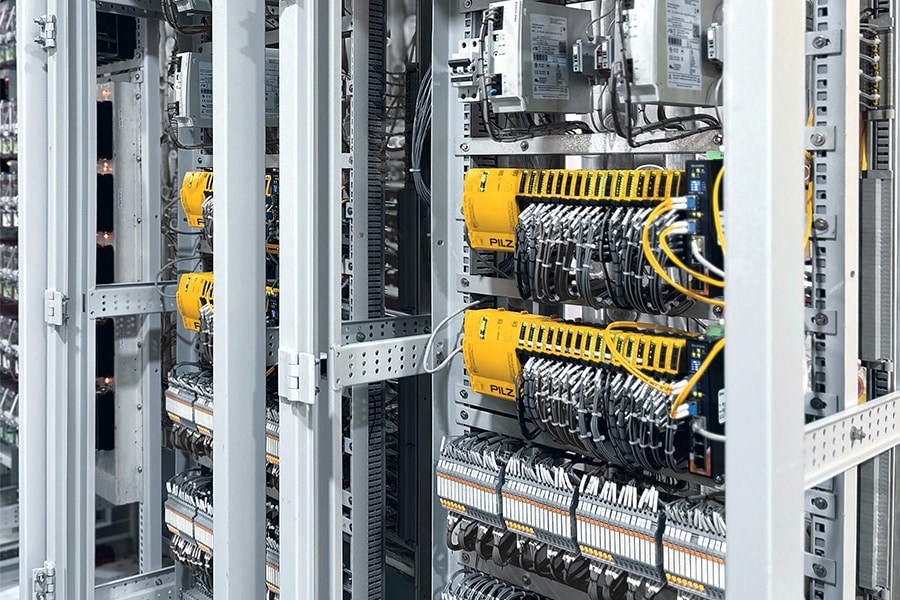
Full-fledged validation
Finally, official approval followed in the spring of 2025. "A real moment of success," according to Van der Heide. "Especially when you consider how many layers, documents and parties were involved. This is not just a check mark, this is a full-fledged validation of our system." Van der Heide is therefore proud of Pilz Business Unit Rail's active role in the digitization of Indian rail.
Dutch contribution
The Dutch contribution is important, Van der Heide believes. "We work as an engineering team very internationally, with colleagues from our headquarters in Germany and Austria. From this Rail Business Unit, we help partners worldwide to have their systems successfully and safely inspected. This project shows what that means in practice."
From certificate to practice
What makes him personally most proud? "That you bring something that starts out so syrupy to a successful conclusion. You help a client through a complicated process. And one day there is that piece of paper. With stamps, many stamps. And of course the signatures and official approval."
Ready for the future
Technically, FN-mux is prepared for more. "The solution is set up redundantly by the Deltron with a hot standby configuration, so in case of a fault you always switch over without interruption. In the past Deltron used two PLCs for this but thanks to PSSrail we now achieve SIL 4 with one system, which makes the system more compact and efficient," says Van der Heide.
"We are implementing the EULYNX SCI-Gateway, a standard interface, so that FN-mux can soon be made ready according to European interoperability standards. In other words, the system speaks the same language as European systems. This really makes the system ready for a digital, international railroad world."
The next step is the rollout of FN-mux. "We hope it will be fast now. The non-safety variant is already running over more than a thousand kilometers of track in India. With this new approval, we can also start using the safe variant on a large scale."
Heeft u vragen over dit artikel, project of product?
Neem dan rechtstreeks contact op met Pilz.
 Contact opnemen
Contact opnemen
